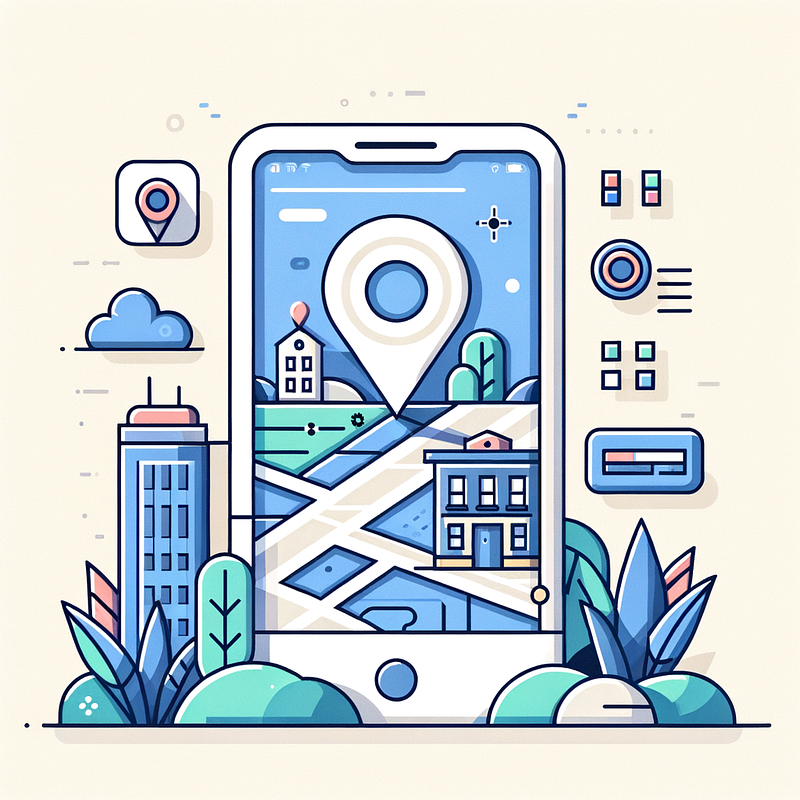
Mastering Location Services and Mapping in iOS Development
This blog post dives into the technical details of iOS's Core Location and MapKit frameworks, explaining their roles in mobile app development. By providing code examples, best practices, and common pitfalls to avoid, developers gain a comprehensive understanding of leveraging location services and mapping in iOS applications. Key takeaways include respecting user privacy, handling location unavailability, and exploring the myriad features of MapKit to create innovative and user-centric app experiences. Mastering these frameworks opens up a world of possibilities for developers looking to enhance their iOS apps with location-based functionalities.
Introduction
In the realm of mobile app development, location services and mapping play a crucial role in creating robust, user-centric applications. From route navigation to local search, from geofencing to augmented reality, the applications of Location Services on iOS are vast. This blog post delves deep into the technical aspects of iOS's Core Location and MapKit frameworks, complete with code examples, best practices, and common pitfalls to avoid along the way.
Understanding Core Location and MapKit
Core Location is the iOS framework that provides services to determine the device's geographic location, altitude, orientation, or iBeacon region. It also allows us to define geographic regions and monitor the device's movements concerning those regions.
MapKit, on the other hand, allows you to integrate map services into your application. You can use it to add annotations, overlays, and other customizations to the map to enhance the user experience.
Code Examples
Here is an example of how you can request location permission and get the user's current location using Core Location:
swiftimport CoreLocation class ViewController: UIViewController, CLLocationManagerDelegate { let locationManager = CLLocationManager() override func viewDidLoad() { super.viewDidLoad() // Set the delegate locationManager.delegate = self // Request location permission locationManager.requestWhenInUseAuthorization() // Start updating location locationManager.startUpdatingLocation() } // Delegate method to handle location updates func locationManager(_ manager: CLLocationManager, didUpdateLocations locations: [CLLocation]) { if let location = locations.first { print("User's location: \(location)") } } }
And here's how you can display a map and add a pin using MapKit:
swiftimport MapKit class MapViewController: UIViewController { @IBOutlet weak var mapView: MKMapView! override func viewDidLoad() { super.viewDidLoad() let location = CLLocationCoordinate2D(latitude: 37.7749, longitude: -122.4194) // Coordinates for San Francisco // Set the region of the map to show let region = MKCoordinateRegion(center: location, span: MKCoordinateSpan(latitudeDelta: 0.05, longitudeDelta: 0.05)) mapView.setRegion(region, animated: true) // Add a pin at the specified location let annotation = MKPointAnnotation() annotation.coordinate = location mapView.addAnnotation(annotation) } }
Best Practices and Common Pitfalls
When working with location services, it's good practice to respect the user's privacy by asking for the minimum level of location access required by your app and accurately describing why you need this in the purpose string.
A common error in working with location services is handling when the location is not available. Always code with the assumption that location services may not be available due to weak GPS signal or the user has turned off the feature.
Conclusions & Key Takeaways
The potential applications of Location Services and Mapping in iOS are endless. They enable a plethora of complex and interesting features that can truly set your app apart. As a developer, it's essential to understand the Core Location and MapKit frameworks well.
Remember these key takeaways:
- CoreLocation is for getting the user's location, and MapKit is for displaying maps
- Always ask for the minimum necessary permission level for location services
- Always handle instances when location might not be available
- Experiment with the many customizations and features available through MapKit.
With these insights in mind, there's no doubt that you can create some truly unique and guiding-centric features into your next iOS application.
Comentários0
No comments yet. Be the first to share your thoughts!
Deixe um comentário